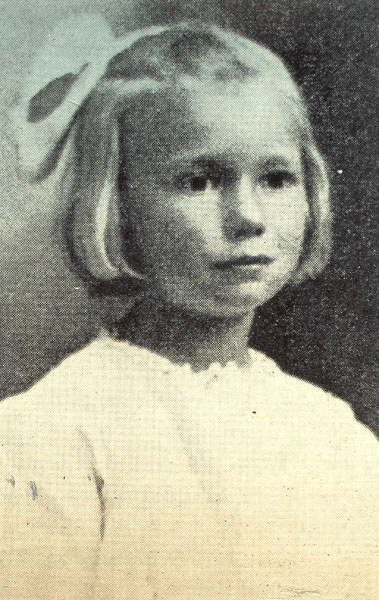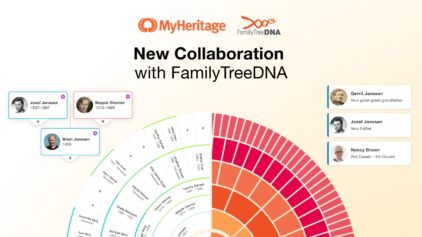This is a interesting story . It is a spirit of sharing makes it an opportune time to talk about your family’s ethnic origins and how relatives are connected. The holidays are a time to gather with family, tell stories, reminisce, and remember.
Mail-Order Babies: The Bizarre History of Sending Kids in the Mail
- By Daniella


The holiday season is a busy time for postal services all over the world: people everywhere ordering and sending cards and gifts including MyHeritage DNA kids … kits! We mean kits.
But hey, wouldn’t it be great if you could have your grandkids shipped to you as holiday gifts instead?
Believe it or not, for a brief period of 6 years, it was possible to mail a baby or small child through the U.S. Postal Service!
Shipping the kids to Grandma
The United States Postal Service introduced parcel post in 1913. Before then, all packages sent by mail had to weigh 4 pounds (1.8 kg) or under. With the commencement of the parcel service, people could now ship anything below 50 pounds (23 kg).
It didn’t take people long to realize that sending babies and young children in the mail was cheaper than purchasing train tickets. In 1913, the first baby was sent in the mail: 8-month-old James Beagle, who weighed 10 and 3/4 pounds, was sent from Glen Este, Ohio to his grandmother’s home in Batavia, a few miles away. The parents paid 15 cents for postage and $50 for insurance.
You may find the mental picture of babies being packed into boxes and tossed on the back of a truck disturbing, but it wasn’t quite like that! Babies and children who were sent in the mail were carried or walked along the route.
One child did make the trip in a railway mail car: 5-year-old May Pierstorff was sent from Grangeville to Lewiston, Idaho, to visit her grandmother on February 19, 1914. May was just under the weight limit at 48.5 pounds, and her parents realized that sending her by mail would be cheaper than buying her a train ticket. They attached the postage — 53 cents in parcel post stamps — to May’s coat, and she rode in the train’s mail compartment all the way to Lewiston. She was personally delivered to her grandmother’s home by Leonard Mochel, the mail clerk on duty.
Some children were shipped quite far. Edna Neff, 6, was sent 720 miles from Pensacola, Florida to Christiansberg, Virginia, where her father lived.
Mail-Order Baby
There was even a case where a man from Georgia tried to have a baby shipped to him for adoption. An article appeared in The New York Times in January 1913 stating that the postmaster general had received a letter from this man asking his advice on “specifications to use in wrapping so it (baby) would comply with regulations and be allowed shipment by parcel post, as the express co[mpany] are to[o] rough in handling.”
It appears that there was doubt as to the legality of shipping humans even back in 1913, but in 1920, the postmaster general finally ruled once and for all that children may not be shipped through the mail. Ever since, babies and young children have had to ride the train, plane, or bus with everyone else!
While the brief history of shipping kids in the mail may seem neglectful or downright cruel, Jenny Lynch, United States Postal historian, explains that it was actually a sign of how much rural communities trusted local postal workers.
“Mail carriers were trusted servants, and that goes to prove it,” she told Smithsonian.com. “There are stories of rural carriers delivering babies and taking [care of the] sick. Even now, they’ll save lives because they’re sometimes the only persons that visit a remote household every day.”
Would you trust your local mailman with such a precious package? Tell us in the comments!














Jojo
November 28, 2019
Very interesting. Thanks!